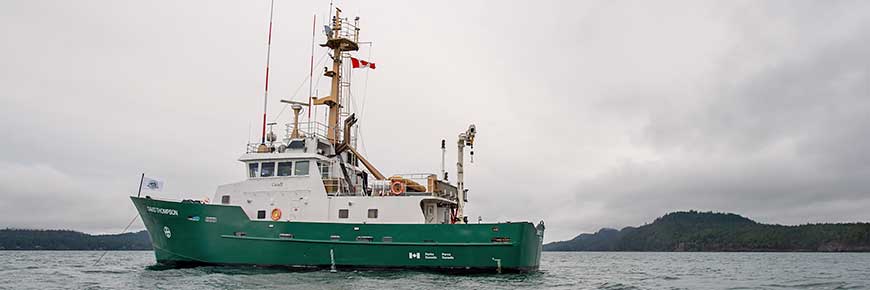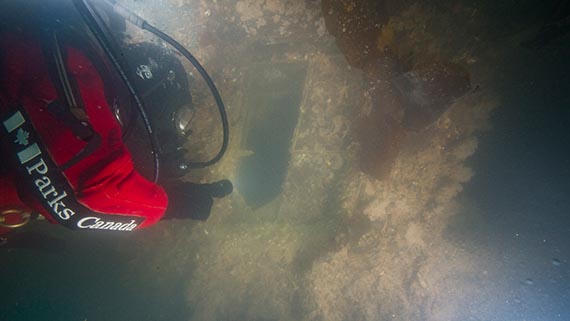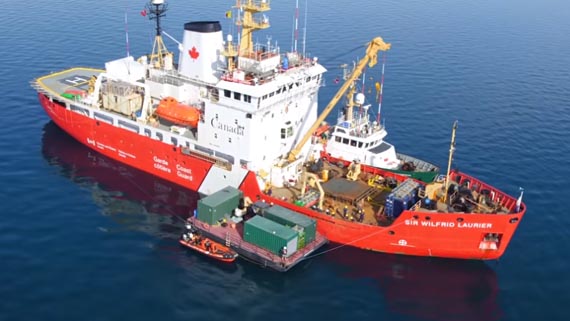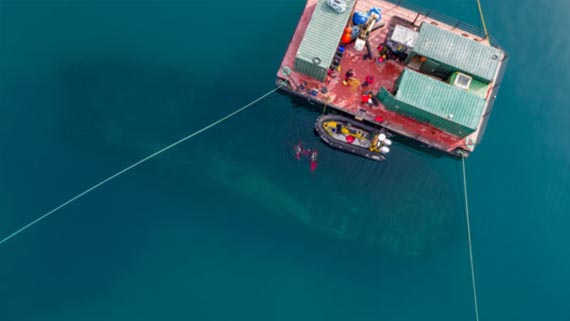
Exploration 2019
Wrecks of HMS Erebus and HMS Terror National Historic Site
Parks Canada and Inuit are working in partnership to explore the wrecks of HMS Erebus and HMS Terror ― the fabled ships of the 1845 Franklin Expedition that set sail from England in search of a Northwest Passage across what is now Canada's Arctic.
HMS Terror
During Gjoa Haven’s annual Umiyaqtutt Festival (meaning “shipwreck” in Inuktitut), the Government of Canada released extraordinary, never-before-seen images and video footage of HMS Terror as part of one of the largest, most complex underwater archaeological undertakings in Canadian history. School children and the community of Gjoa Haven were the first to view the images.
On August 7, 2019, Parks Canada’s Underwater Archaeology Team left Cambridge Bay for site of HMS Terror aboard Parks Canada’s new research vessel, the RV David Thompson. This year, Parks Canada’s research on HMS Terror focused on 3D structural mapping and exploring the interior of the wreck using a remotely operated vehicle (ROV).
Over seven days, under exceptional weather conditions, the interior spaces of the wreck of HMS Terror were scientifically and systematically explored for the first time. Parks Canada’s Underwater Archaeology Team conducted seven ROV dives and explored 20 cabins/compartments on the ship.
The Government of Canada recognizes the invaluable role of Inuit, the Government of Nunavut, and all partners, in the discoveries of the wrecks of HMS Erebus and HMS Terror.
HMS Erebus
Building on the remarkable exploration of the interior of HMS Terror and working in collaboration with Inuit from Gjoa Haven, Parks Canada’s Underwater Archaeology Team continued with the investigation of HMS Erebus.
From August 20 to September 12, 2019 over 350 artifacts were recovered from HMS Erebus, including officer’s epaulettes and ceramic dishes, mainly from two cabin areas.
Related links
- Date modified :


